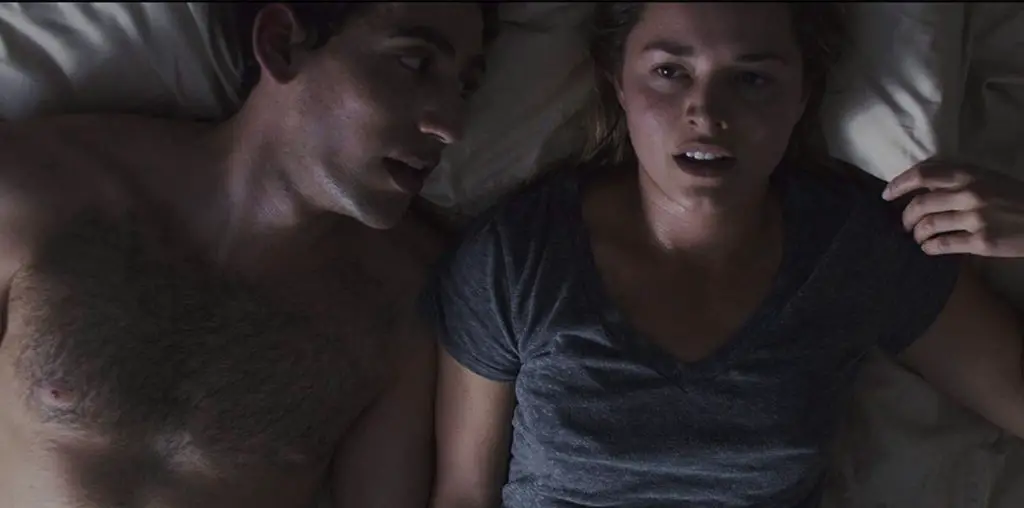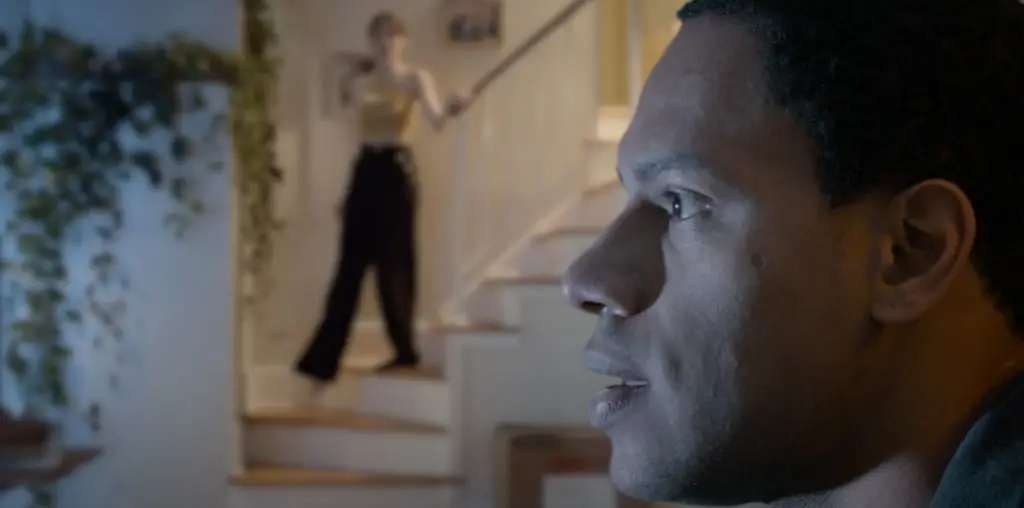
BOOTLEG FILES 147: “Our Town” (1955 TV musical with Frank Sinatra, Paul Newman and Eva Marie Saint).
LAST SEEN: We cannot confirm the last public screening of this title.
AMERICAN HOME VIDEO: Only for non-theatrical licensing.
REASON FOR DISAPPEARANCE: It is part of a series that is not being sold for home viewing.
CHANCES OF SEEING A DVD RELEASE: Not likely in the near future.
When it came to television, Frank Sinatra never seemed entirely comfortable in that medium. Although he wowed concert audiences and had no problems performing in movies, TV bedeviled Sinatra. Indeed, Sinatra twice tried to host weekly TV variety shows in the 1950s and both efforts were embarrassing flops. Even his occasional TV specials found Ol’ Blue Eyes in a rather awkward demeanor – it was not uncommon for his Rat Pack cronies to ad-lib madly around him while he was barely able to keep up with the funny patter. In their book “How Sweet it Was,” writers Arthur Shulman and Roger Youman described “the studied indifference” that “erected a barrier between him and the television audience.”
Perhaps that historic lack of success on the small screen makes a retrospective viewing of the 1955 made-for-TV musical production ”Our Town” so astonishing. This was a Sinatra that almost never turned up on TV: a genuinely self-confident, almost insouciant performer who was totally at ease with the camera and his surroundings. Plus, he never sounded better in his life – and, dare we say, he was never sexier. But what is all the more remarkable is the low-key nature of his performance. Perhaps Sinatra’s other TV endeavors had him trying to hard. By going the opposite route in “Our Town,” he literally achieved more by doing less.
The ultimate irony, though, comes in having Sinatra in what should’ve been the worst miscasting of his career: as the Stage Manager, a role intended for a much older, somewhat vinegary New Englander. With his distinctive Noo Joisey speaking voice, an unflappable air of nonchalance and the insistence on wearing a contemporary suit and fedora while those around him wore the early 20th century clothing of the play’s setting, Sinatra might seem to belong in another play. Yet clearly it is the otherness of his demeanor, his personality and his appearance that works in his favor. He is very much a part of the “Our Town” ensemble, yet you never forget who the star of the show really is.
Making a musical of Thornton Wilder’s 1938 play was clearly challenging, since “Our Town” was one of the most beloved dramas of the era; adding songs to its narrative could’ve been intrusive or worse. Fortunately, the talented tunesmiths James Van Heusen and Sammy Cahn created a gentle yet emotional mini-score (only six songs, plus two reprises) that accented the storyline without interrupting it. One of the songs, “Love and Marriage,” became an instant hit for Sinatra, while the sheet music for the score was a major seller for many years.
However, “Our Town” took some liberties with the Wilder play (much to Wilder’s discomfort). David Shaw’s adaptation pared down the original source to fit an 80 minute running time, and the memorable closing line of Act One, when the Stage Manager suggests those in the audience who smoke can go outside to light up, was rewritten for a non-nicotine crowd (and delivered with a Sinatra wink and grin) as “You can grab a snack now – at least those of you not on a diet.” Sinatra may have ad-libbed his opening for the second act when he looked off-screen to the musical conductor and commented: “And since we’re doing a little singing here – Mr. Leader, if you please?” (Which then segued into “Love and Marriage.”)
Sinatra, however, was not the only star in “Our Town.” Eva Marie Saint, who was fresh off her Academy Award for “On the Waterfront,” co-starred as the doomed young Emily. While clearly too old to play a teenager, Saint nonetheless imbued a dimension of youthful innocence and wonder to her role and created a stunning representation of a small-town girl who learns too late of the simple glory in life. The peerless third act, with Emily’s ghost revisiting her twelfth birthday, is utterly heartbreaking when the adult Emily cries out amidst the shadow play of her distant past: “I’m dead, Mama.” Hell, I’m not ashamed to say I almost cried at that line.
The third star in “Our Town” was actually not considered the peer to Sinatra or Saint at the time: Paul Newman. Yes, that Paul Newman. In 1955, Newman was still struggling to be taken seriously as an actor. The previous year, his starring debut in the Biblical epic “The Silver Chalice” was among the biggest flops at the box office. Newman was previously known only for television dramas, so having him play opposite Oscar winners like Sinatra and Saint was a major step in his career path.
However, neither Saint nor Newman were known for their singing talents – thus, there was a double gamble in putting them into a musical. They were only given a single duet, which they performed passably (although her voice was considerably stronger than his). They also danced in the production’s sole choreographed effort, a high-stepping wedding polka which truly didn’t fit the bucolic simplicity of “Our Town.”
Newman, like Saint, was also too old to pass for a teenager. But as with Saint, he was able to capture the impatience and contradictory emotions of the teen years. Perhaps the most charming moment in “Our Town” comes when Newman treats Saint to an ice cream soda (Sinatra is the soda jerk serving them, though he wisely cedes the spotlight). Newman is completely wonderful in trying to overcome his character’s weaknesses: financial (he convinces Emily to go for a less-expensive soda, since he cannot afford what she initially desired), professional (he debates himself on the value of attending an agricultural college), romantic (his stammering efforts to tell Emily how he really feels about her) and even physical (the character is supposed to be a jock, yet Newman’s body language is a remarkable contradiction of a strong physique that becomes uncoordinated when love comes tapping).
(Newman would return to “Our Town” nearly a half-century later, playing the Stage Manager in the non-musical original version on Broadway in 2003, which was later taped for television. Newman and Saint would also star together five years after “Our Town” in Otto Preminger’s film “Exodus” – although it is not certain if Preminger was inspired to cast them together based on this show.)
“Our Town” was part of a monthly anthology series called “Producer’s Showcase,” which offered Broadway-style shows with major stars and talented directors (in this case it was Delbert Mann, who would win the Oscar the following year for directing the film version of “Marty”). This show was the first in the series’ second season, and like all of the shows it was broadcast live and in color. “Our Town” was shown on September 19, 1955; unfortunately, the technology of the time did not allow it to be videotaped for posterity. Thus, the original color presentation of “Our Town” was never preserved – all that remains of it is a black-and-white kinescope (a 16mm film shot directly off a television monitor).
To date, “Our Town” was never issued for home entertainment viewing. The surviving “Producer’s Showcase” titles are owned by a New York company called Showcase Productions Inc. and they’ve licensed the kinescopes of the series on a non-theatrical and (very occasionally) public television basis.
As a bootleg video, “Our Town” is very difficult to find. A year ago, an individual collector was selling a copy on eBay – alas, at a price outside of my meager finances. Other private collectors might own it, but I have yet to locate them. In fact, I had to go to New York’s Museum of Television and Radio to watch their copy of “Our Town” for this article – this is the first title in the Bootleg Files series that I do not personally own.
But if you are a bootleg addict, “Our Town” is well worth the hunt. It is peak Sinatra, golden entertainment, and a truly memorable experience.
____________________________________________________________
IMPORTANT NOTICE: The unauthorized duplication and distribution of copyright-protected material is not widely appreciated by the entertainment industry, and on occasion law enforcement personnel help boost their arrest quotas by collaring cheery cinephiles engaged in such activities. So if you are going to copy and sell bootleg videos, a word to the wise: don’t get caught. The purchase and ownership of bootleg videos, however, is perfectly legal and we think that’s just peachy! This column was brought to you by Phil Hall, a contributing editor at Film Threat and the man who knows where to get the good stuff…on video, that is.
Discuss The Bootleg Files in Back Talk>>>

